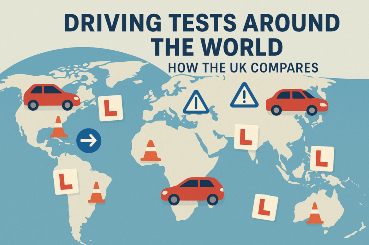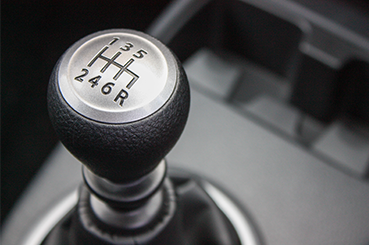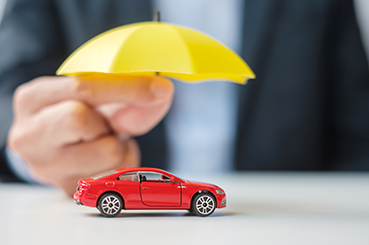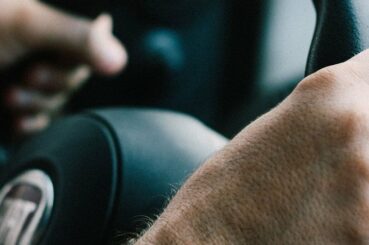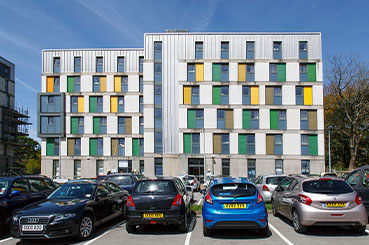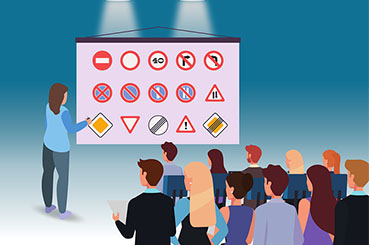When you’re learning to drive, you’ll need to take in a lot of information — and understanding your exterior car lights is vital for safe and legal driving. From helping you see clearly in poor conditions to ensuring other road users can see you, these lights play a crucial role in everyday driving.
Each light serves a specific purpose and connects to a symbol, usually found on the dashboard or control stalk. This guide will walk you through all the main exterior lights on a car, how to use them correctly, and what their symbols mean — helping you become test-ready and road-safe.
Light Control Stalk
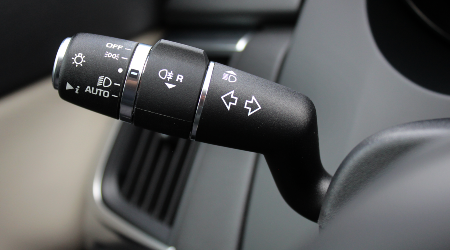
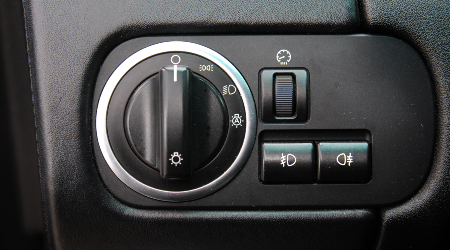
Most UK cars feature light controls on a stalk on the left-hand side of the steering wheel or a switch to the right. You will typically twist or rotate to activate different light settings, such as sidelights, dipped headlights, or fog lights.
Manufacturers usually mark the stalk with a light symbol to help you identify which setting you’re selecting, and matching dashboard icons will illuminate when you activate each light.
Types of Car Exterior Lights

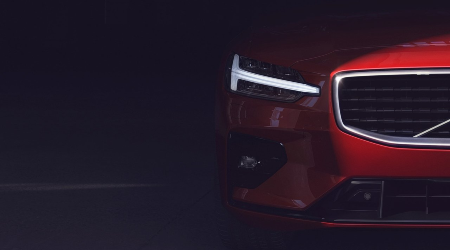
Daytime Running Lights (DRLs)
Daytime running lights switch on automatically when you start the engine. They make your vehicle more visible to other drivers during the day, although your dashboard may not display their symbols unless there’s a fault.
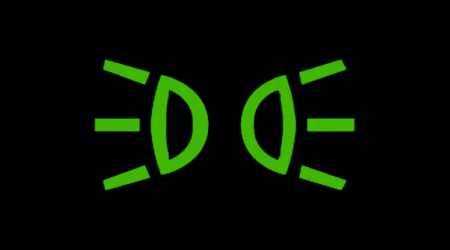
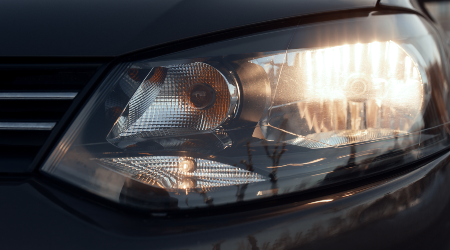
Sidelights (Parking Lights)
Sidelights, also known as parking lights, provide a small amount of light to make your car visible when stationary. You should use them in dim light or when you park your car on a road above 30mph at night. They typically appear as a symbol showing two small beams of light pointing outwards.
Headlights
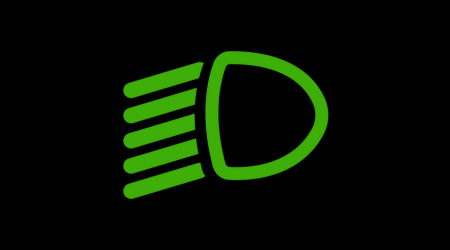

Low Beam (Dipped Headlights)
Dipped headlights illuminate the road ahead without dazzling oncoming drivers. You should use these at night or during poor weather conditions, such as heavy rain or light fog. The symbol for dipped headlights shows a beam of light angled downwards.

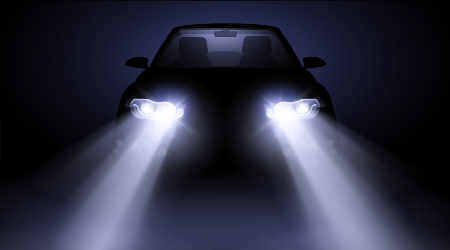
High Beam (Main Beam)
Main beam headlights emit a stronger, more far-reaching light to help you see further in dark conditions. You should only use them on unlit roads when no vehicles are in front of you or coming towards you. Their symbol typically appears as a blue light pointing straight ahead.
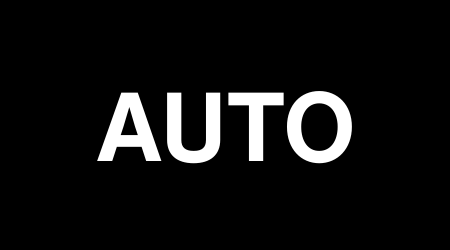
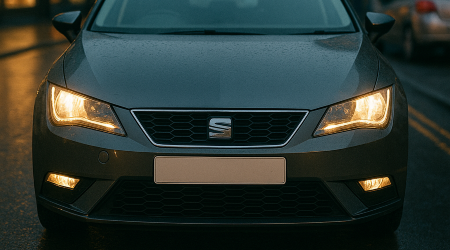
Automatic Headlight Control (AUTO)
Some modern cars feature automatic headlight control, which uses sensors to detect ambient light levels and switch the headlights on or off accordingly. Manufacturers usually mark this feature with the word “AUTO” on the stalk or switch.
Fog Lights

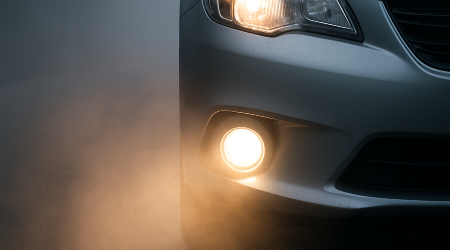
Front Fog Lights
Front fog lights sit low on the car and produce a wide, low beam that can cut through thick fog. You should only use these in foggy or snowy conditions where visibility severely reduces. Their symbol shows a light beam pointing left with a squiggly line through it.
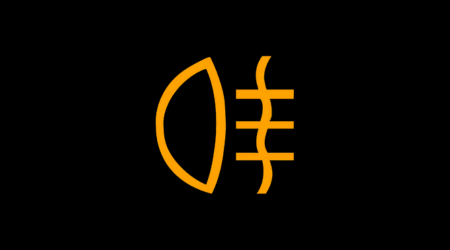
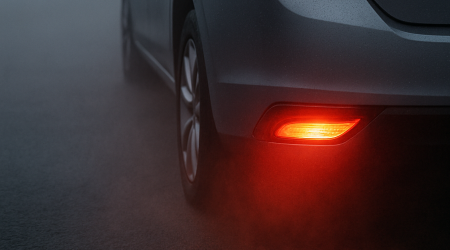
Rear Fog Lights
Rear fog lights shine bright red and help other drivers see you from behind in thick fog. You should switch them off once visibility improves to avoid dazzling drivers behind you. Their dashboard symbol resembles the front fog light icon, but with the beam pointing to the right.

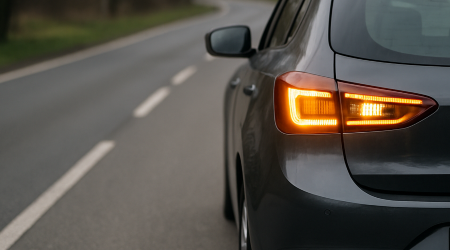
Indicator Lights (Turn Signals)
Indicator lights appear at the front, rear, sides, and sometimes in the wing mirrors. They flash to show other road users that you intend to change direction. On the instrument panel, this shows as a flashing green arrow. You activate the indicators by pushing the control stalk up or down in the same direction as you would turn the steering wheel.
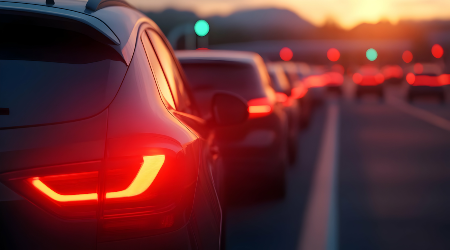
Brake Lights
Brake lights shine bright red from the rear of the car on the tail lights and a third brake light at the top of the rear window or roof spoiler. They automatically illuminate when you press the brake pedal, warning drivers behind that you’re slowing down. These lights don’t have a dashboard symbol, but other drivers can see them from outside the vehicle.
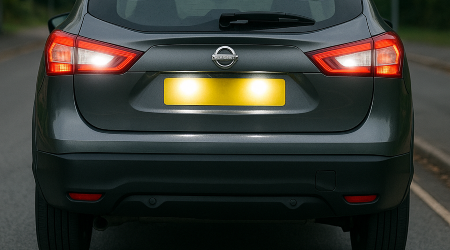
Reverse Lights
Reverse lights shine white and automatically come on when you engage reverse gear. They illuminate the area behind your car and alert other road users that you’re reversing. The Show Me, Tell Me questions in your practical driving test will ask how you check these lights — either by using reflections in windows or doors, or by asking someone to help.
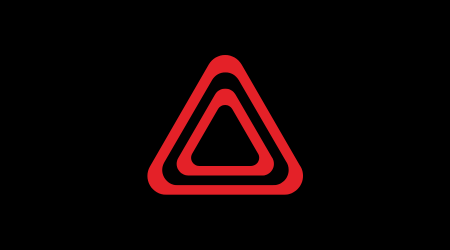
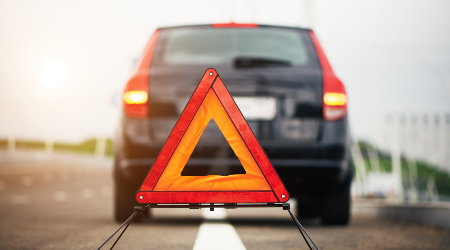
Hazard Warning Lights
Hazard lights cause all the indicators to flash at once. You use them in emergencies, breakdowns, or to warn other drivers of an obstruction or hazard. You activate them by pressing the red triangle button on your dashboard.
Car Headlight Bulb Types
Cars use different types of headlight bulbs depending on their design and technology.
- Halogen bulbs are the most common and affordable, offering between 700 and 1,200 lumens of brightness.
- LED (Light Emitting Diode) bulbs use energy more efficiently and shine brighter, typically ranging from 3,000 to 6,000 lumens or more.
- Many high-end vehicles feature Xenon or HID (High-Intensity Discharge) bulbs, which produce a very intense, bright light, usually between 3,000 and 5,000 lumens.
Is It Illegal to Drive with a Broken Light?
Yes, the law prohibits driving with a broken exterior light, including headlights, tail lights, or indicators. Not only does this reduce your visibility, but it also makes your vehicle harder for others to see, which increases the risk of accidents. If you fail to fix a faulty light, you could face fines, penalty points, or even an MOT failure. If you discover that a light on your car isn’t working, you should have it repaired as soon as possible — our Stoneacre service centres can offer a quick, professional repair or replacement.
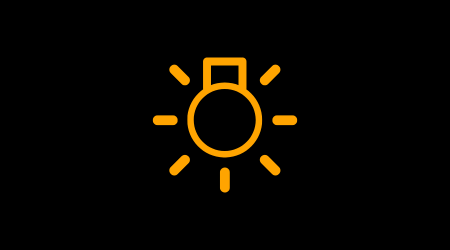
The bulb warning light on your dashboard typically appears as an upside-down light bulb, sometimes accompanied by an exclamation mark, and is usually amber or yellow. This warning indicates that one or more exterior bulbs are faulty or have blown.
When this light appears, you should check your vehicle’s lights immediately. Ignoring the warning could mean you are unknowingly driving with a broken light, which compromises your safety and may also result in legal penalties. Promptly addressing any bulb issues helps ensure your vehicle remains safe.
Highway Code: Key Rules for Using Car Lights
According to the Highway Code, you should remember these main lighting rules:
- You must use dipped headlights at night and in poor visibility.
- You must use sidelights when parking on a road at night.
- You should only use rear fog lights when visibility is seriously reduced.
- You must switch off front and rear fog lights when visibility improves to avoid dazzling others.
- You should not use high beams if they may dazzle oncoming drivers or those ahead of you.
- You must keep all lights clean and in good working order at all times.
Lighting Your Way: Mastering Car Lights for Safe Journeys
Understanding your car’s exterior lights — from headlights and indicators to fog lights and brake lights — is essential for safe, legal driving. These lights aren’t just functional; they form a core part of staying visible and communicating clearly on the road. With a bit of practice, using them correctly will become second nature, helping you drive more confidently and safely. And remember, if you ever have a lighting issue, our car service team is on call.
